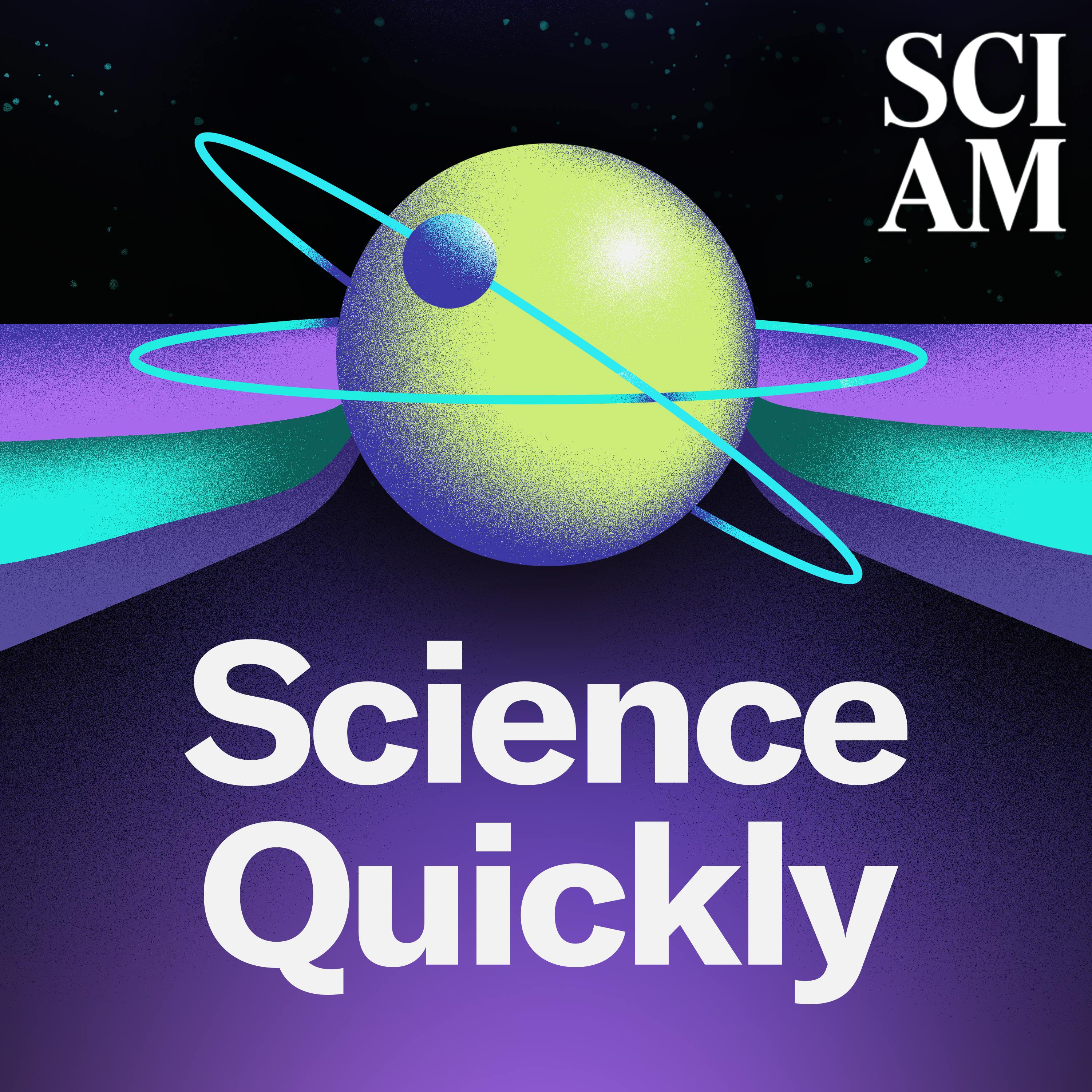
Do Mitochondria Talk to Each Other? A New Look at the Cell’s Powerhouse

Science Quickly
Deep Dive
Shownotes Transcript
Mitochondria are known as the powerhouse of the cell—but new research suggests they might be far more complex. Columbia University’s Martin Picard joins Scientific American’s Rachel Feltman to explore how these tiny organelles could be communicating and what that might mean for everything from metabolism to mental health.
Check out Martin Picard’s__ full article__) in the June issue of Scientific American.
Tell us what you think! Take our survey) for the chance to win some SciAm swag!
E-mail us at [email protected]) if you have any questions, comments or ideas for stories we should cover!
Discover something new everyday: subscribe) to Scientific American and sign up) for our daily newsletter.
Science Quickly is produced by Rachel Feltman, Fonda Mwangi, Kelso Harper, Naeem Amarsy and Jeff DelViscio. This episode was edited by Alex Sugiura, with fact-checking by Shayna Posses and Aaron Shattuck. Our theme music was composed by Dominic Smith.
Learn more about your ad choices. Visit megaphone.fm/adchoices)